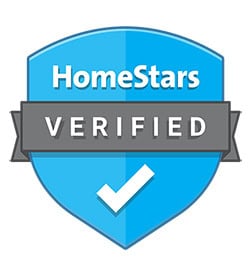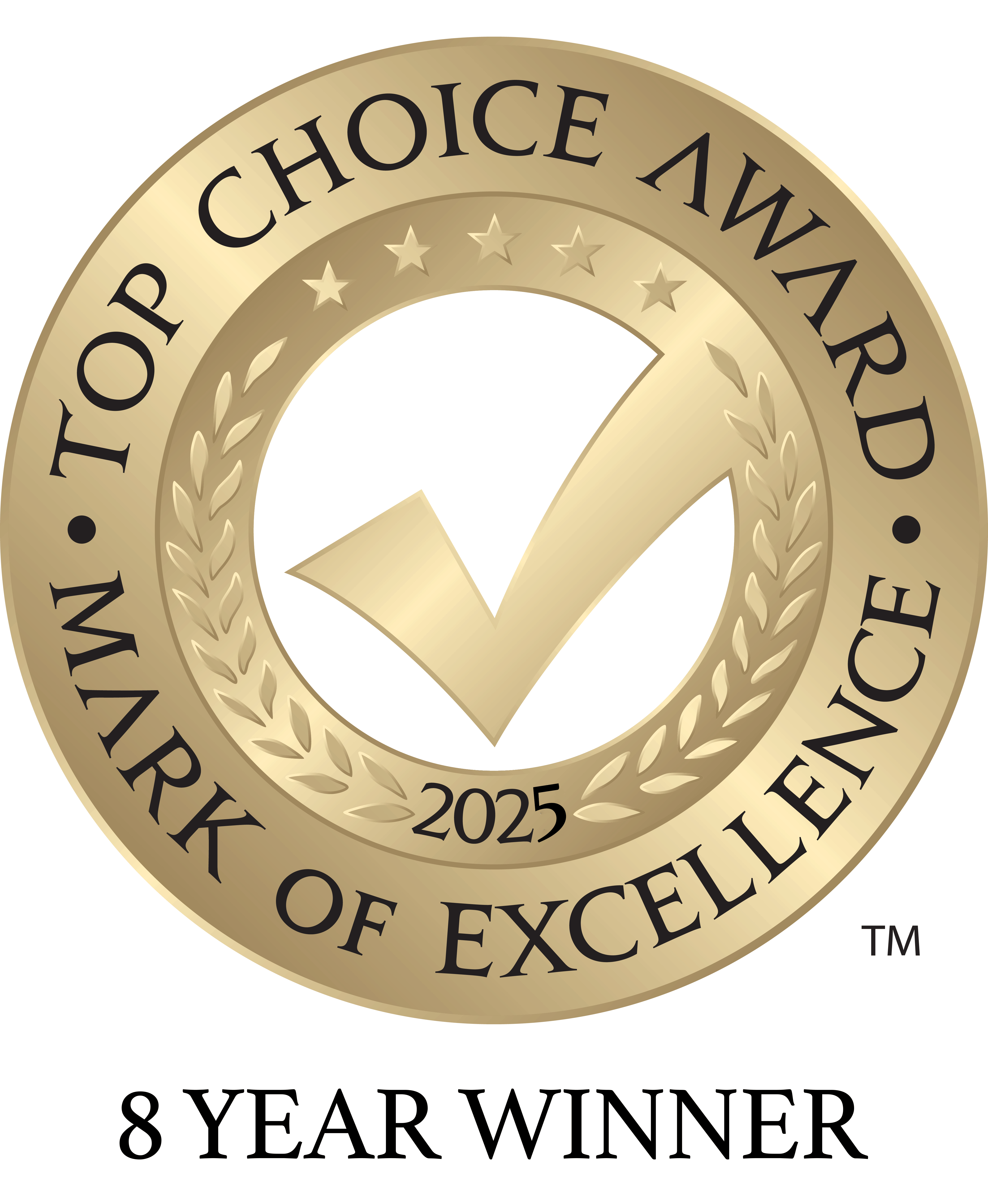Welcome to the “Turf Hotline” sponsored by the Ministry of Agriculture, Food and Rural Affairs for the week of Aug. 4 – 11, 2000.
We have had a week of showers, thunderstorms and very high humidity. Temperatures were hot at the beginning of the week, but now, at the time of recording this message, they are cooler with highs in the mid 20’s. Nighttime temperatures are now dropping to the mid-teens again.
There were some confirmed cases of Pythium blight last week. We no longer have the ideal conditions for this disease now that both the daytime and nighttime temperatures are lower. Dollar spot continues to be very active. Anthracnose basal rot also continues to be very active. There were some reports of Anthracnose foliar blight last week as well. There was also a case of summer patch reported by the Pest Diagnostic Clinic. Rust continues to be a problem on perennial ryegrass at the moment and some cultivars of Kentucky bluegrass. Rust likes cool wet conditions followed by hot conditions. It also likes turf that is stressed. To help control this disease, mow regularly and fertilize. Rust has been very severe this year giving many stands of perennial ryegrass and Kentucky bluegrass that orange/yellow tinge from afar.
Another problem that is occurring after this very wet week is algae on golf greens. Algae are minute, single-celled, thread-like green plants. Their spores are spread by wind and rain. Algae are not pathogenic to turf but instead they colonize the soil surface. Because of our alkaline soils here in Ontario the algae that we find is mainly cyanobacteria or blue-green algae. This is especially true on calcareous sand greens. It thrives during periods of rainy, overcast, warm weather. Sounds like the last week, doesn’t it. As far as controlling algae, there are a few suggestions. Both cultural and chemicals controls may be required. Slicing, verticutting or coring helps break up and dry out the algal scum. To break up the algae a tool found at local hardware stores called the Garden Weasel seems to work. Products like iron sulphate at 1-2 oz./1000 sq.ft., copper sulphate at the same rate or ammonium sulphate at 0.10 – 0.25 lbs/1000 sq. ft. have been reported to help control algae. Raising the mowing height and providing conditions that help the green dry out are also helpful.
Japanese beetle flights continue to be heavy this week. Hairy chinch bug nymphs are developing very quickly now. Damage is becoming quite noticeable. Still lots of billbug damage being reported. The bluegrass billbug damage will probably continue for about another week yet because the larvae are still feeding. To identify bluegrass billbug injury, pull on the damaged leaf blades. If they pull out easily and there is frass present in the thatch, the damage has been caused by bluegrass billbugs. You may even see the white legless larvae in the thatch.
Turf could probably benefit with an extra shot of nitrogen now. With all the rains and the turf growth the nitrogen may have leached or been used up by the plants. On golf courses, some late hatched black turfgrass ataenius damage is occuring. It is often on collars, approaches, etc.. Some of the ataenius grubs that I have seen do not appear to healthy. A lot of them seem to be infected with naturally occurring milky spore disease.
I have started monitoring for European chafer grubs. There are some first instar grubs around now, but still some unhatched eggs also. The young grubs are feeding about 2.5 cm below the soil.
The Sports Turf Association is holding their annual summer field day on Wed. Aug. 16 at the University of Guelph Stadium. Their keynote speak is Ed Miller, Supervisor of Operations and Field Maintenance for the New York Yankees spring training facilities in Florida. For more information contact Lee Heuther at (519) 763-9431.
The annual GTI Turf field day is coming up on Tues. Aug. 22, 2000. There will be research plot tours in the morning, a barbeque lunch followed by your choice of one of the three one hour workshops in the afternoon. The three choices of afternoon workshops are:
Problem Solving for Turf Managers
Turfgrass Disease Workshop
Effective Irrigation
For more information you can call my office at (519) 824-4120 x 2597 or visit the GTI web site.
Again, thanks for phoning the hotline for this week. The next hotline message will be recorded on Fri. Aug. 11, 2000. – See more at: https://lawnsavers.com/turf-hotline-2000/turf-agrifax-week-19-2000-august-4-2000.html#sthash.QWPtBQEl.dpuf






